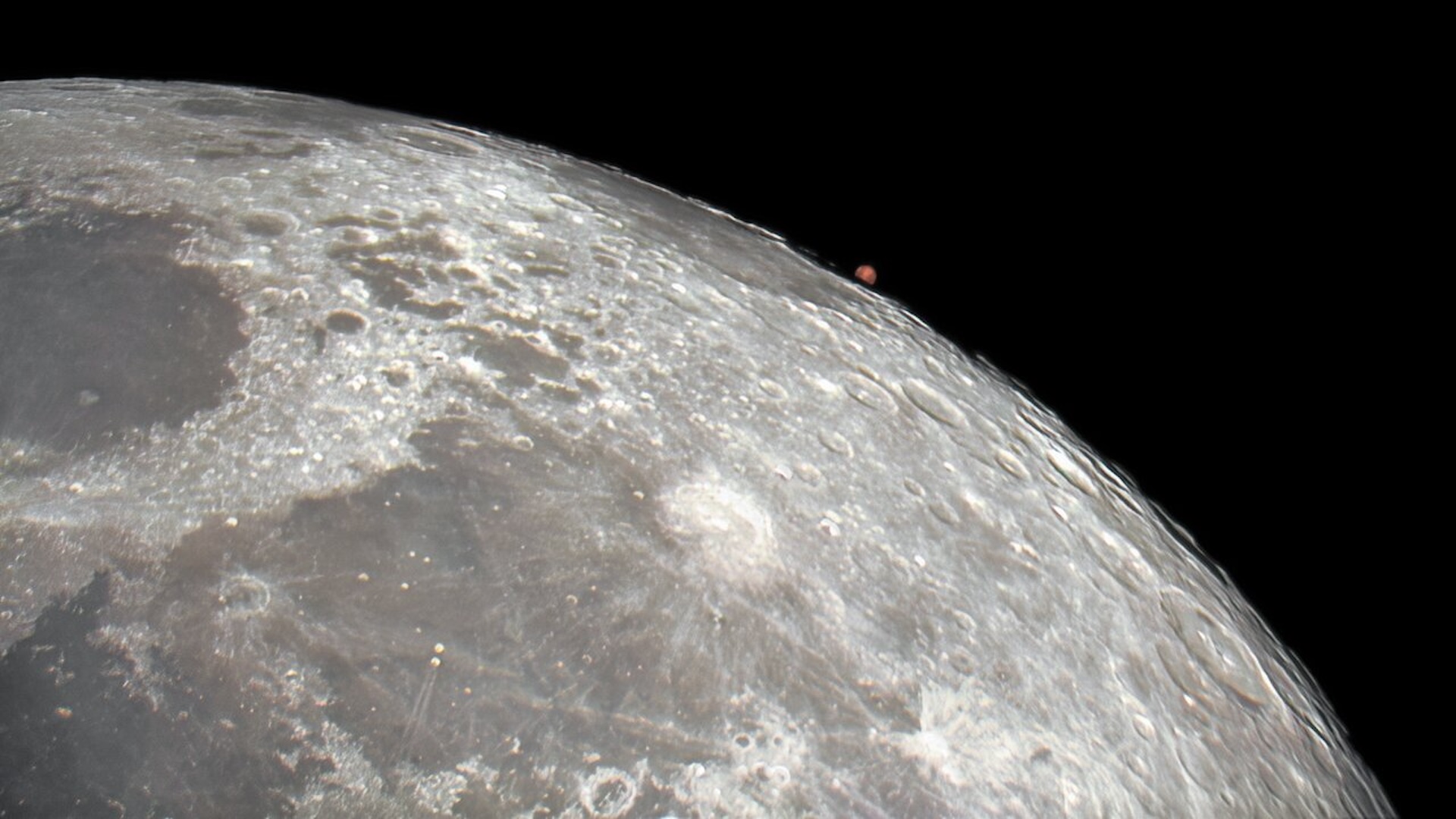
Paul Sutter
Paul M. Sutter is a research professor in astrophysics at SUNY Stony Brook University and the Flatiron Institute in New York City. He regularly appears on TV and podcasts, including "Ask a Spaceman." He is the author of two books, "Your Place in the Universe" and "How to Die in Space," and is a regular contributor to Space.com, Live Science, and more. Paul received his PhD in Physics from the University of Illinois at Urbana-Champaign in 2011, and spent three years at the Paris Institute of Astrophysics, followed by a research fellowship in Trieste, Italy.
Latest articles by Paul Sutter
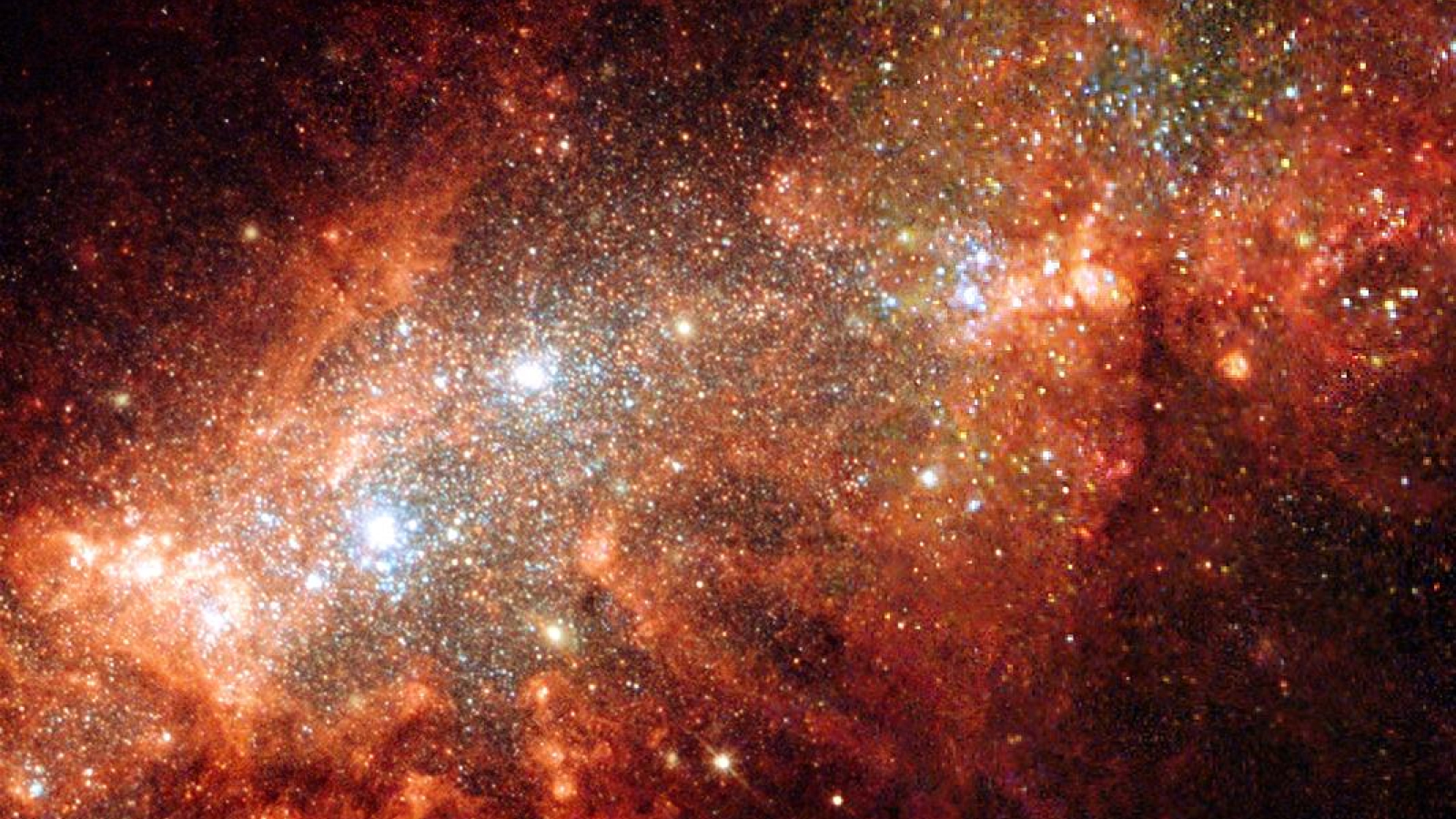
Supercharged 'cocoon of energy' may power the brightest supernovas in the universe
By Paul Sutter published
Every so often, astronomers detect a supernova explosion that's 100 times brighter than it should be. A new paper may reveal the strange source of these "superluminous" supernovas.
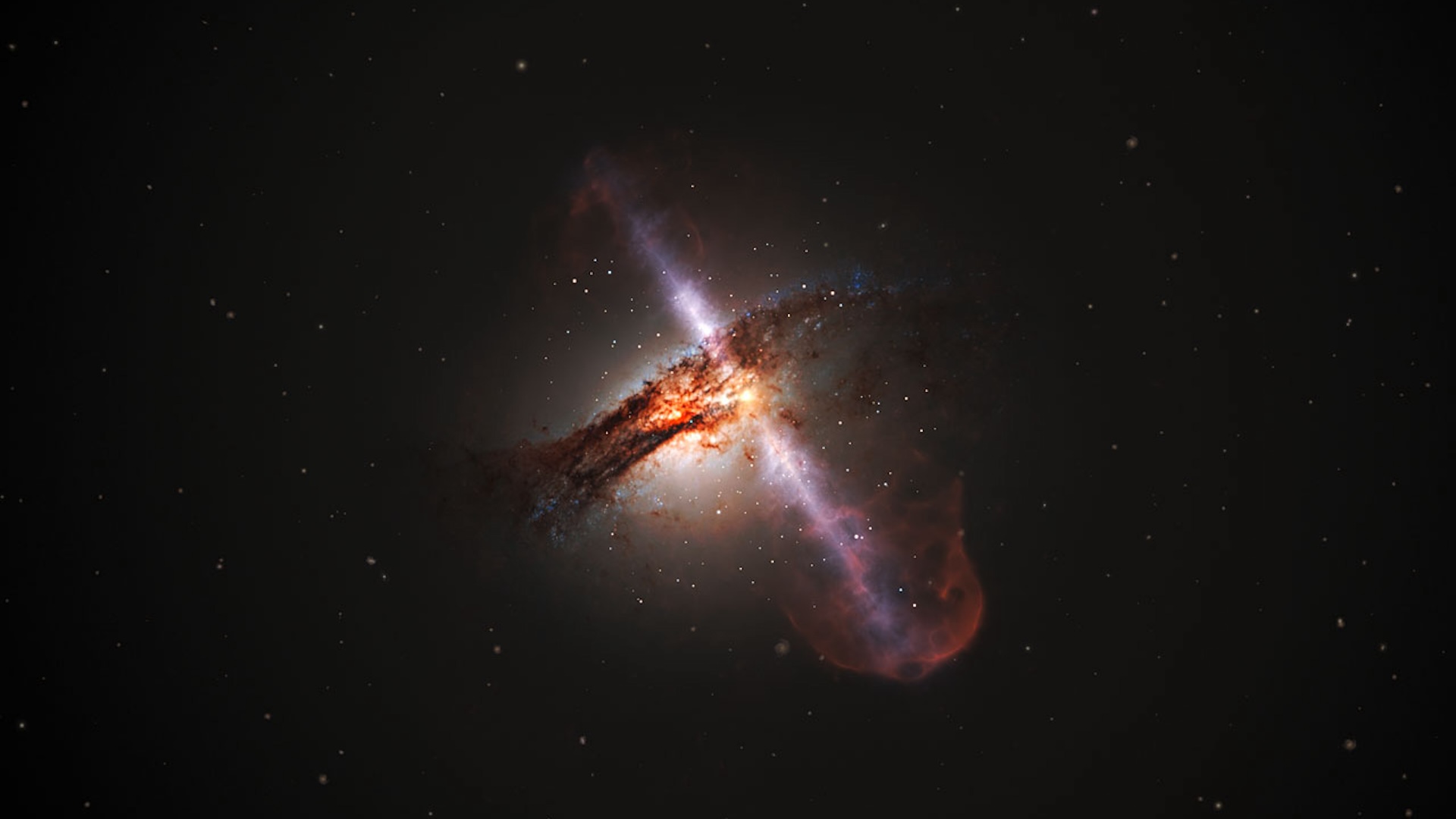
Some black holes have a 'heartbeat' — and astronomers may finally know why
By Paul Sutter published
A tiny fraction of known black holes emit X-ray signals that resemble a human "heartbeat." Now, new research may finally explain the strange phenomenon.
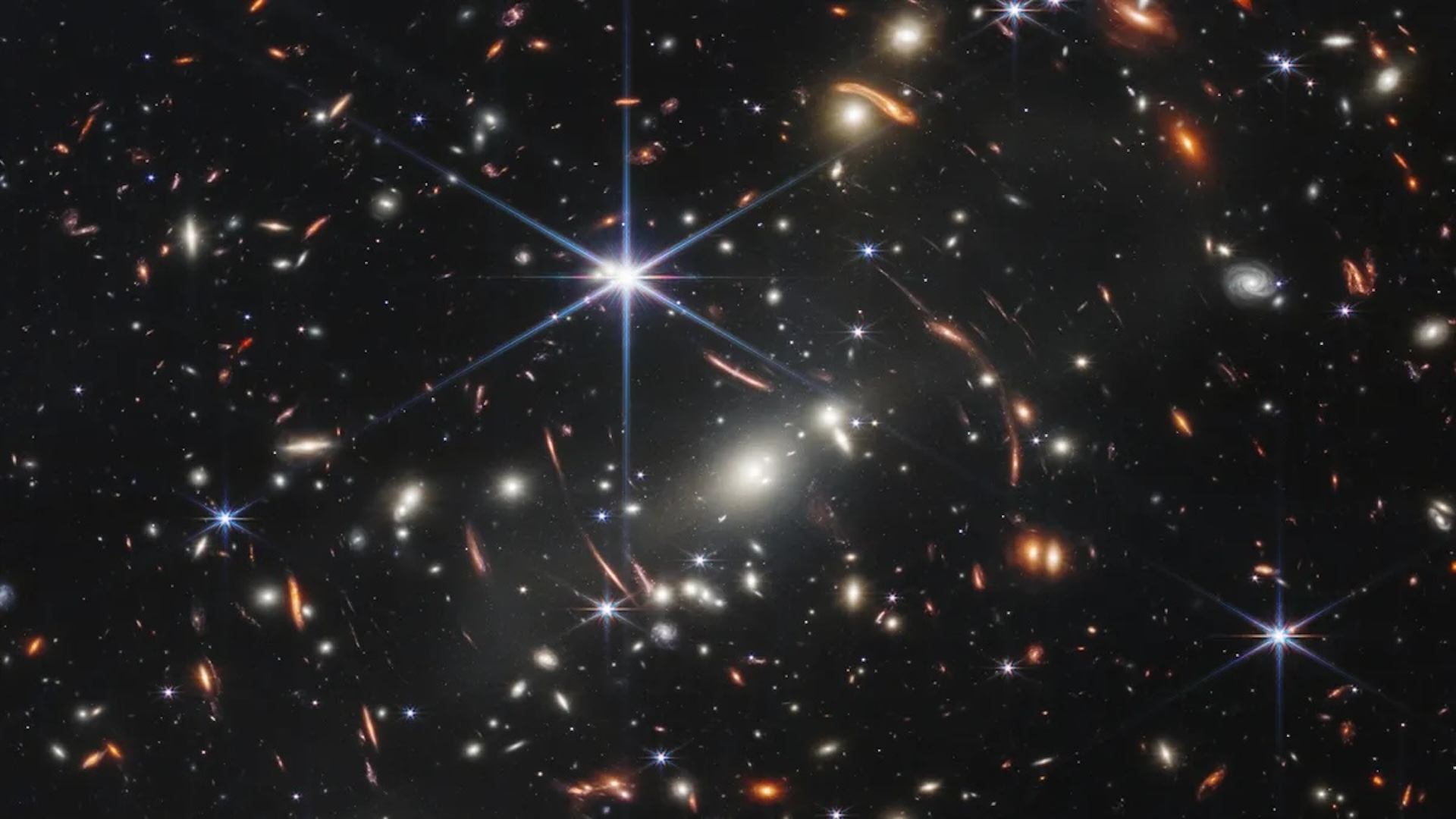
Is the James Webb Space Telescope really 'breaking' cosmology?
By Paul Sutter published
While headlines around the world claimed that ancient galaxies discovered by the James Webb Space Telescope were "breaking" our understanding of the Big Bang, the truth is much more nuanced — and much more interesting.
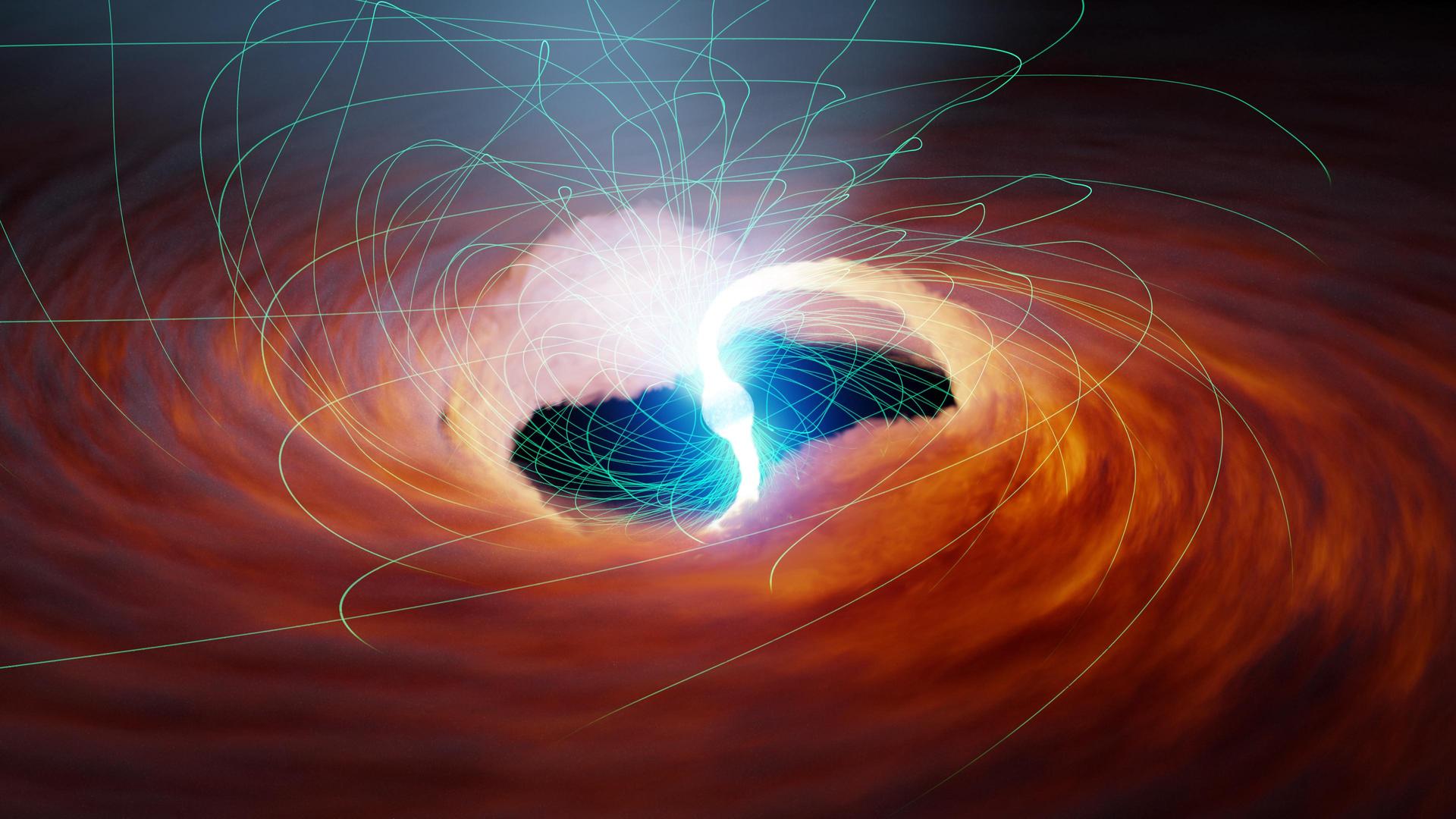
Dead stars sometimes shine again — and gravity itself may be responsible
By Paul Sutter published
Do dead stars glow? A strange gravitational phenomenon could be generating enormous amounts of light around neutron stars, new research suggests.
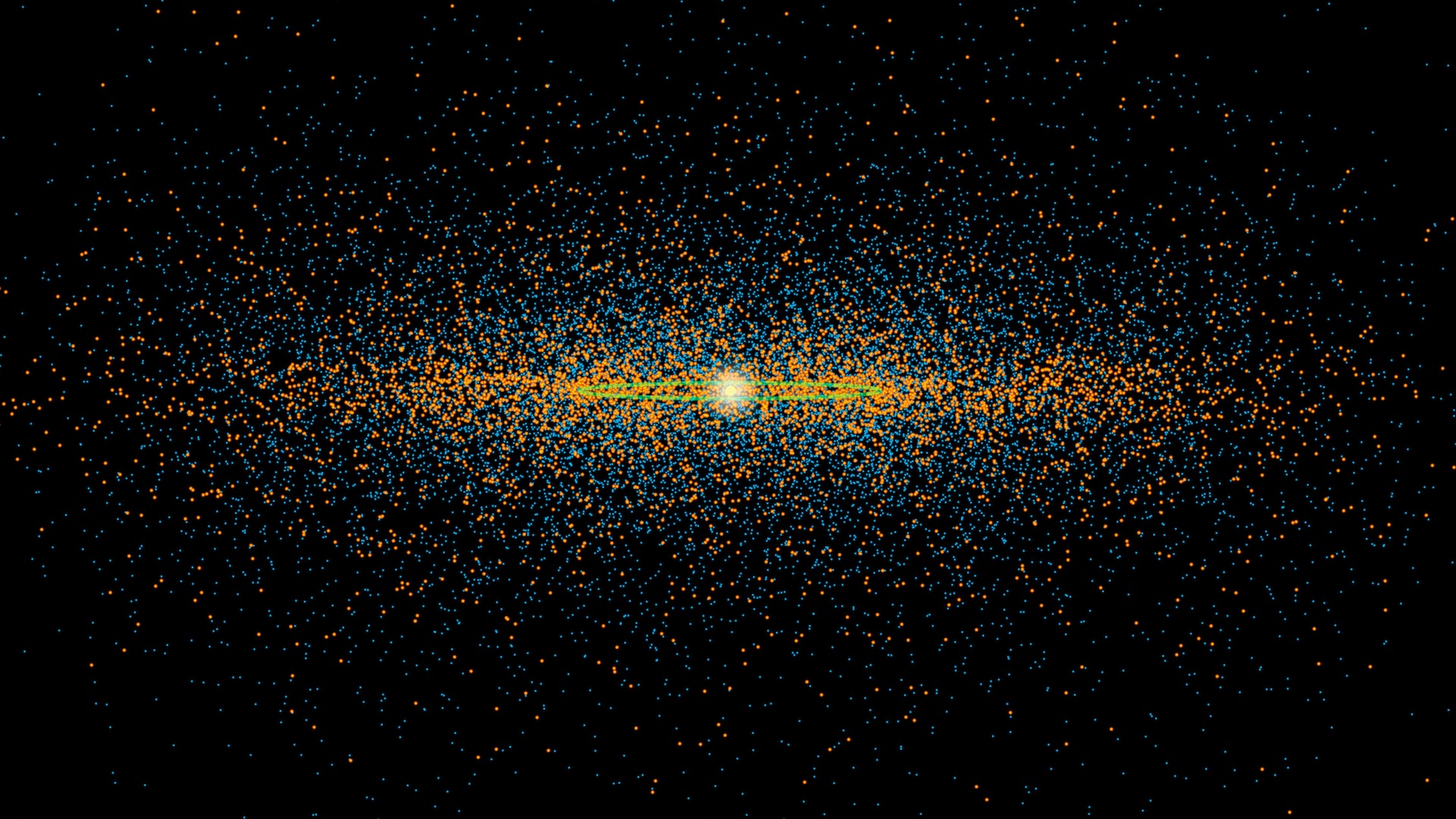
'Dark comets' may be a much bigger threat to Earth than we thought, new study warns
By Paul Sutter published
A strange class of space rock known as a "dark comet" has qualities of both asteroids and comets — and the hard-to-spot objects may pose a larger threat to Earth than we thought, according to new research.
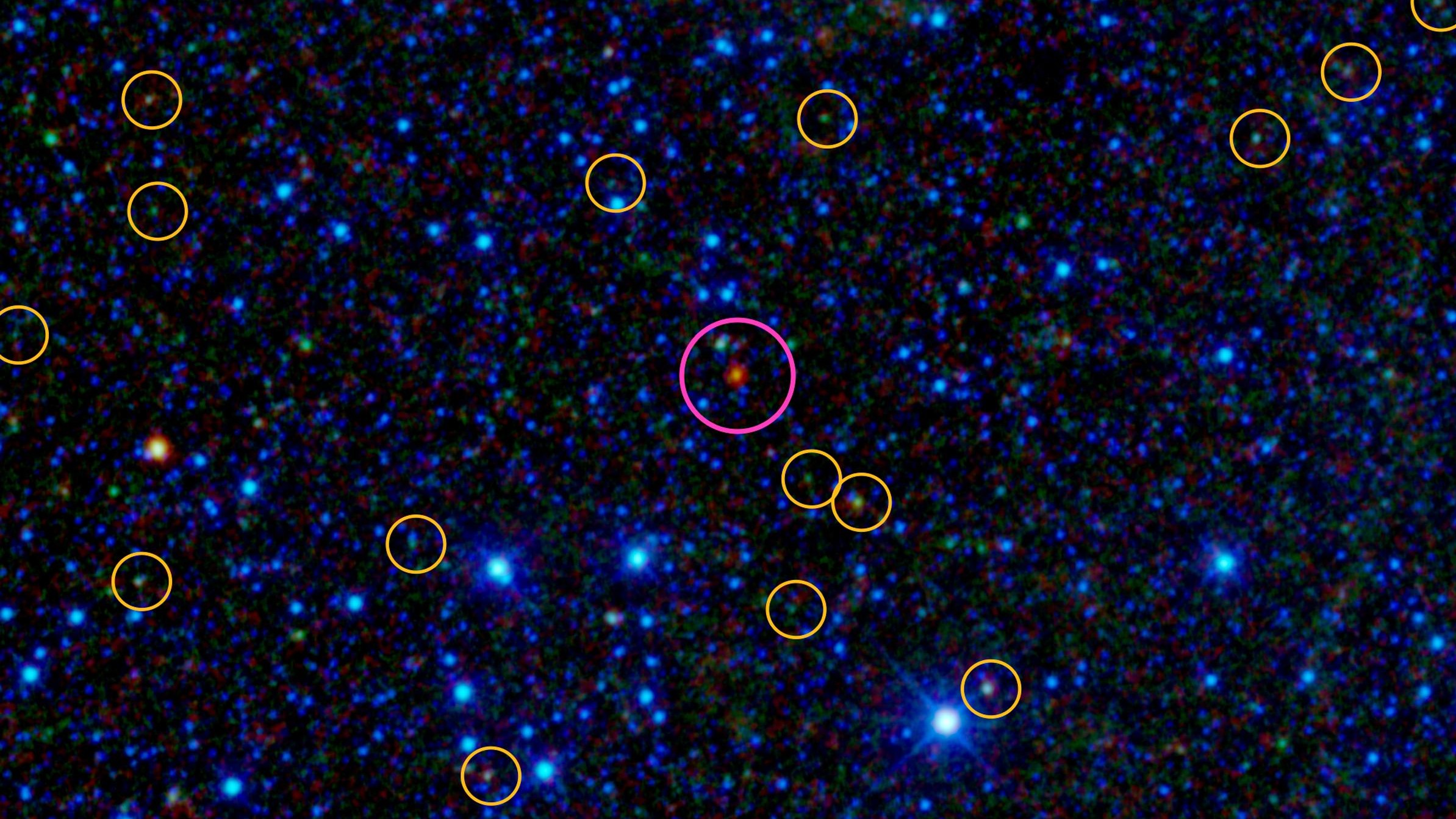
7 potential 'alien megastructures' spotted in our galaxy are not what they seem
By Paul Sutter published
Scientists recently identified seven stars in the Milky Way that could potentially be gigantic alien structures called Dyson spheres. New research proposes an alternative explanation: Those are just cosmic "hot DOGs" in disguise.
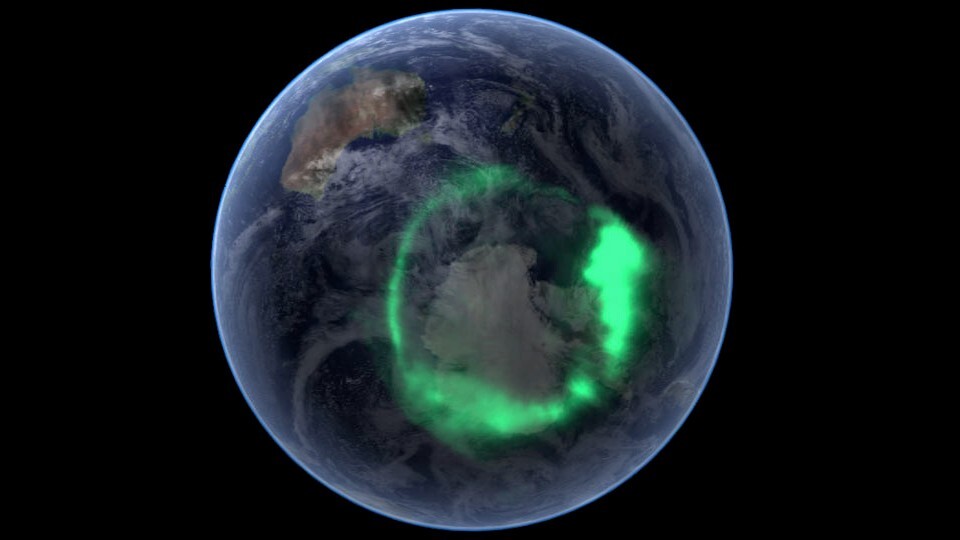
Earth's upper atmosphere could hold a missing piece of the universe, new study hints
By Paul Sutter published
Mysterious dark matter could slosh over our planet like a wave. If it does, it may produce telltale radio waves in Earth's atmosphere, new theoretical research suggests.
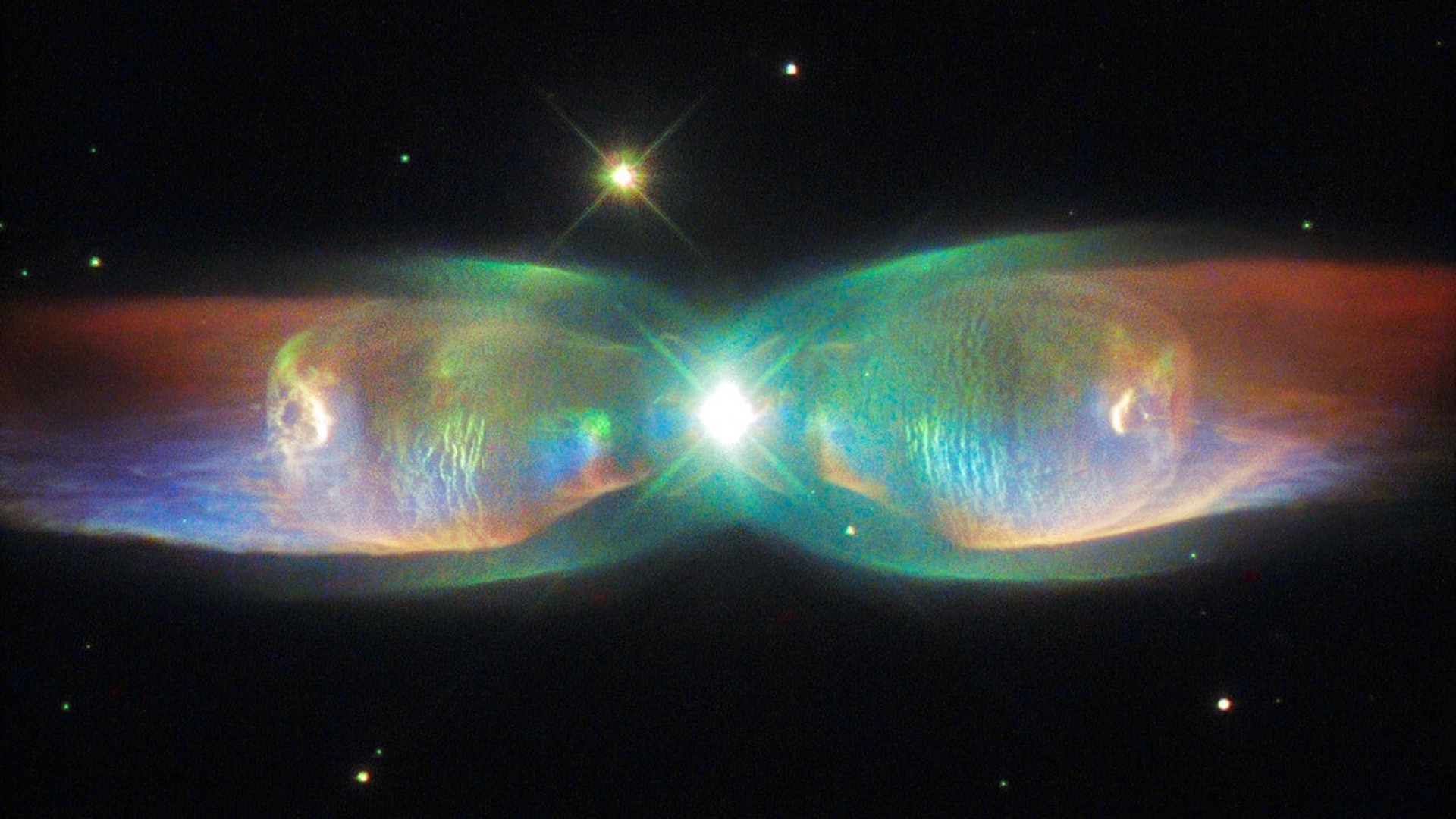
Giant 'rogue waves' of invisible matter might be disrupting the orbits of stars, new study hints
By Paul Sutter published
New research shows how disruptions to binary star systems could be the key to detecting space's most confounding substance — dark matter.
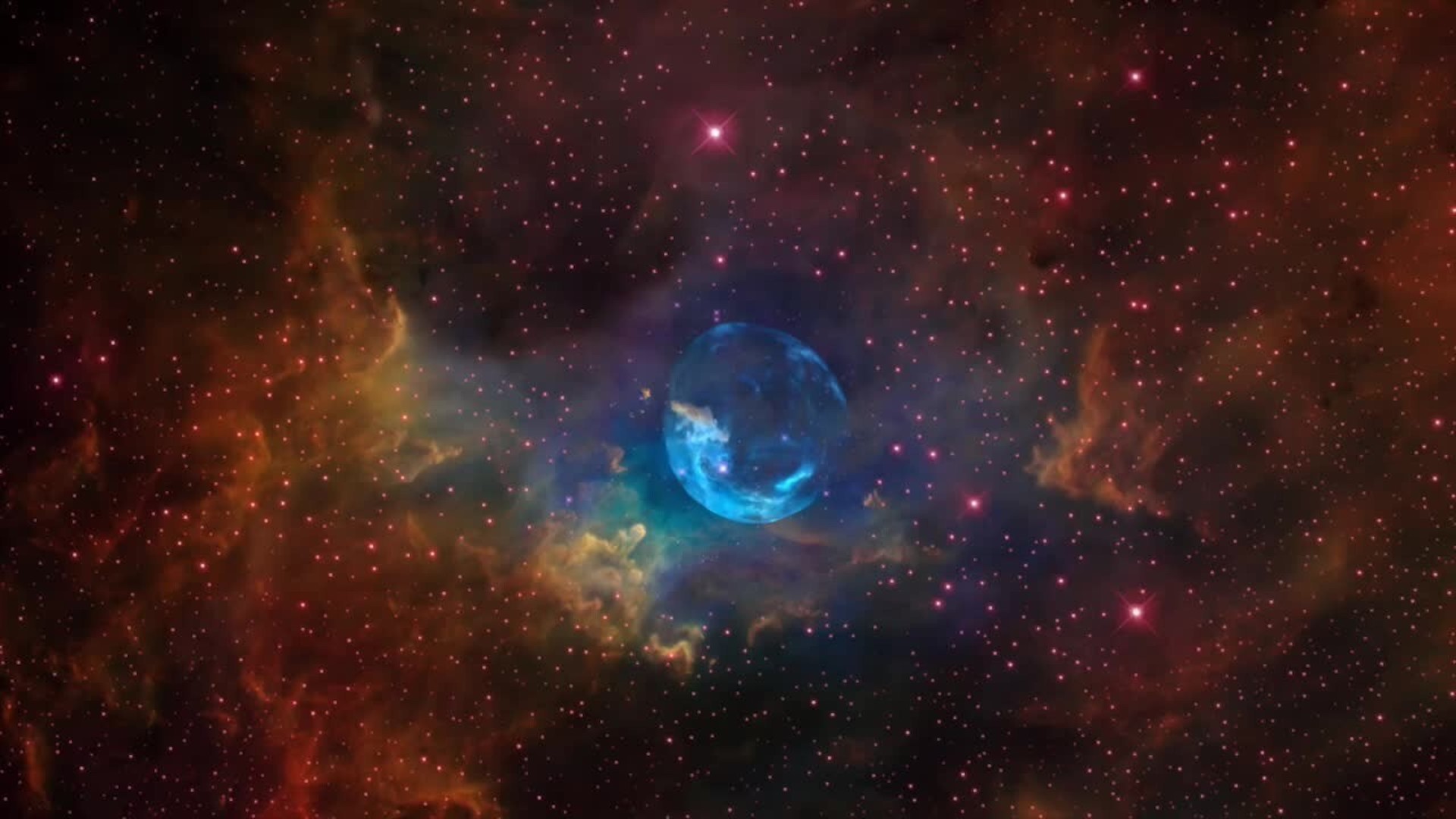
Cosmic 'superbubbles' might be throwing entire galaxies into chaos, theoretical study hints
By Paul Sutter published
When there are multiple supernovas in the same galaxy, they can leave enormous voids that tamper with the balance between dark matter and regular matter. Over time, this can throw entire galaxies into chaos.
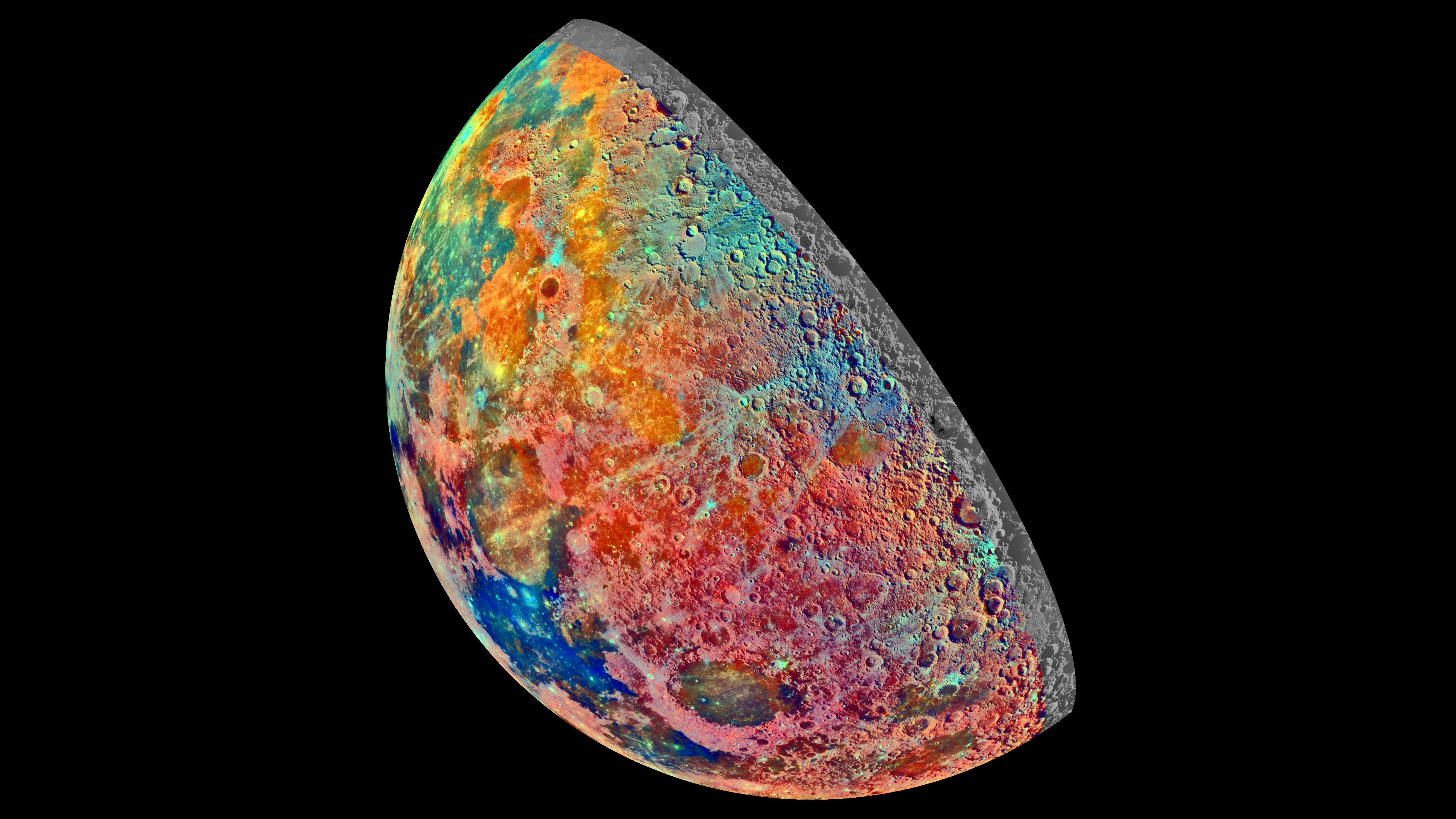
What would happen if the moon disappeared tomorrow?
By Paul Sutter last updated
The moon controls the tides, impacts marine ecosystems, and subtly influences time on Earth. So what would happen if the moon suddenly disappeared?
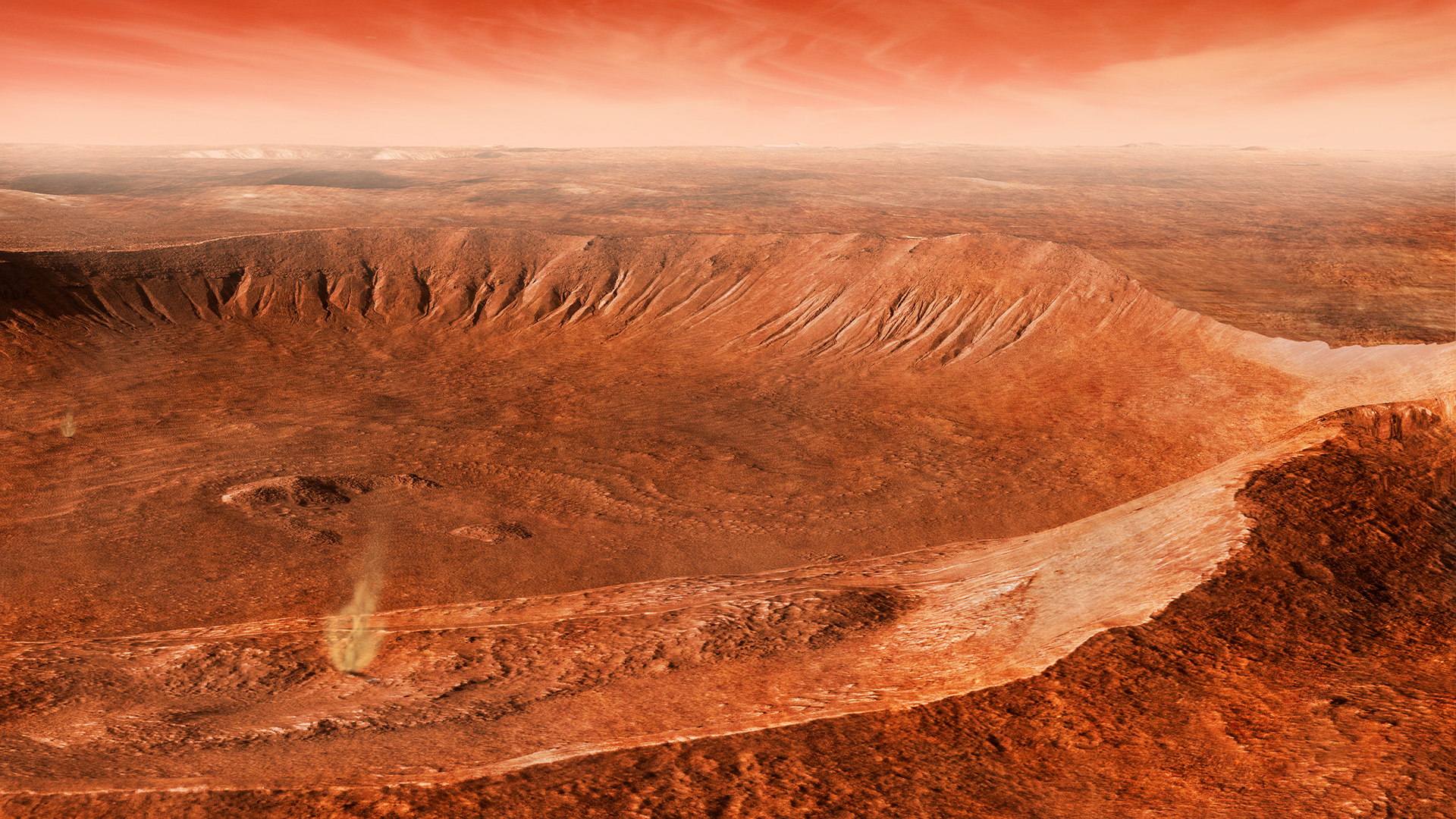
Aliens may be hitching rides on meteors to colonize the cosmos, study suggests. Here's how we could spot them.
By Paul Sutter published
A fringe theory called "panspermia" suggests that lifeforms can spread to new planets by hitching rides on meteors. New research lays out a roadmap for finding where these hypothetical, planet-hopping aliens may reside.
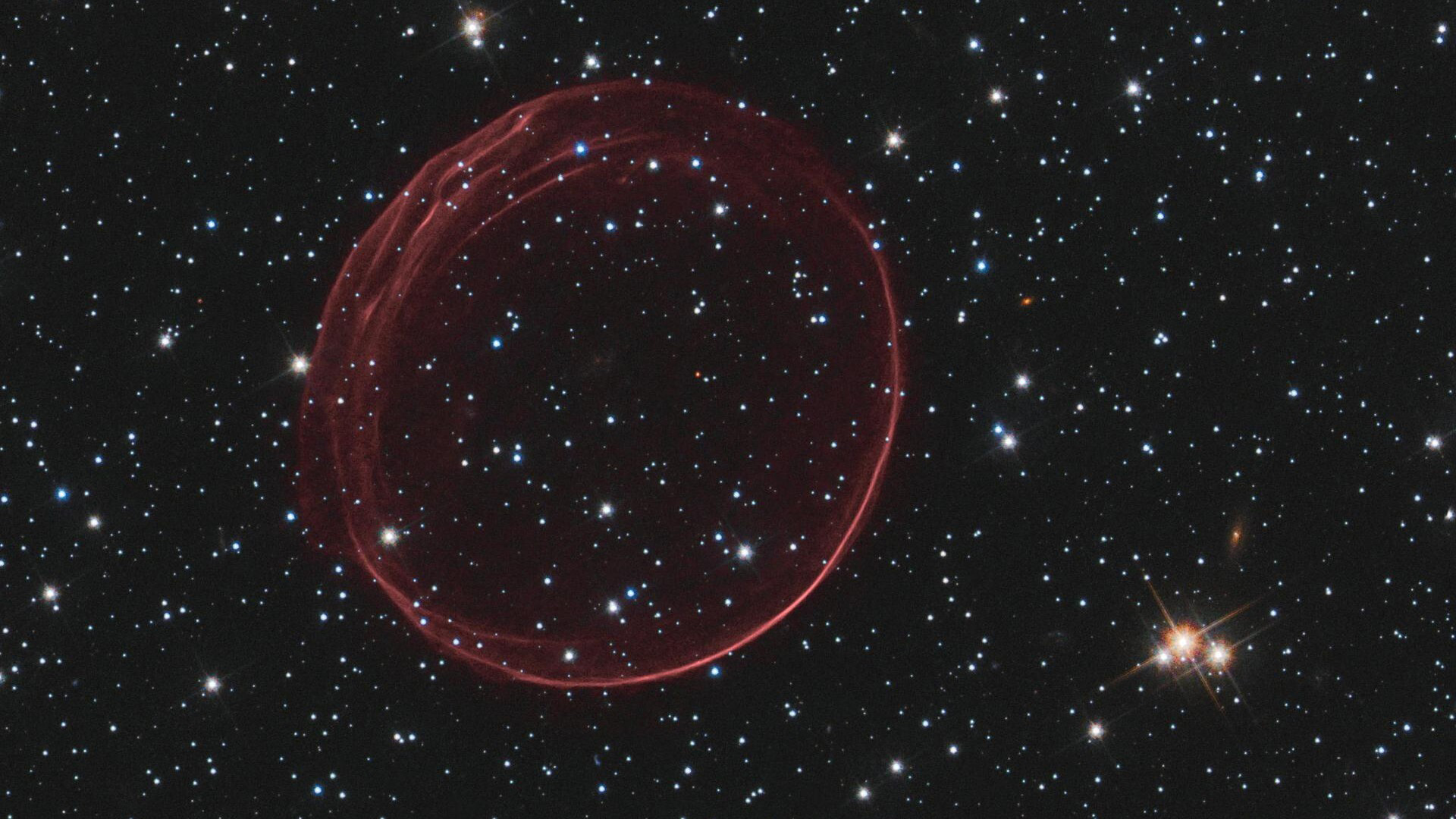
The universe may be dominated by particles that break causality and move faster than light, new paper suggests
By Paul Sutter published
With the nature of the universe's two most elusive components up for debate, physicists have proposed a radical idea: Invisible particles called tachyons, which break causality and move faster than light, may dominate the cosmos.
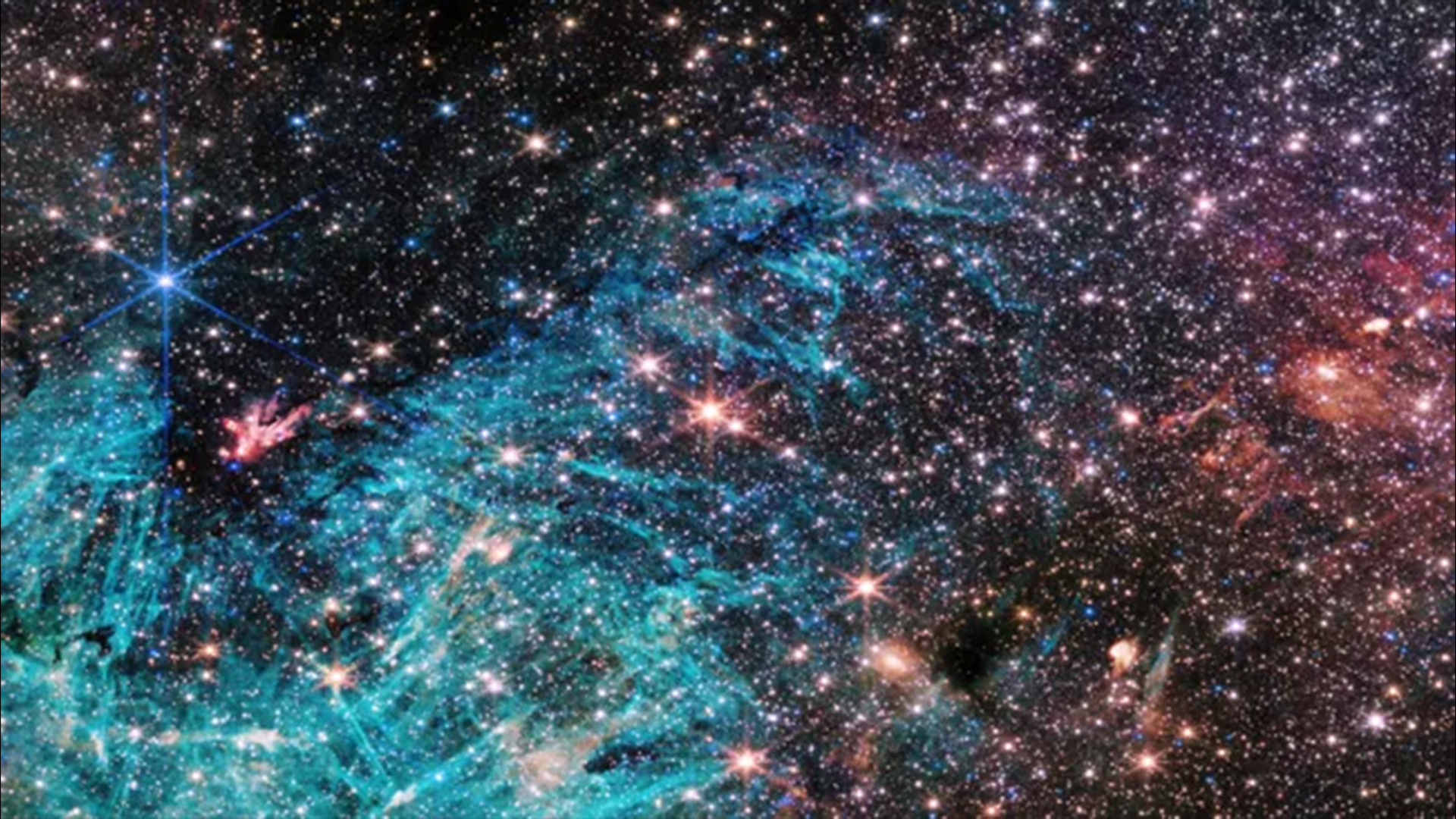
'Emergent gravity' could force us to rewrite the laws of physics
By Paul Sutter published
The idea of emergent gravity is still new and requires a lot of assumptions in its calculations to make it work. But if experimental evidence ever proves it real, we would need to totally rewrite the laws of physics.
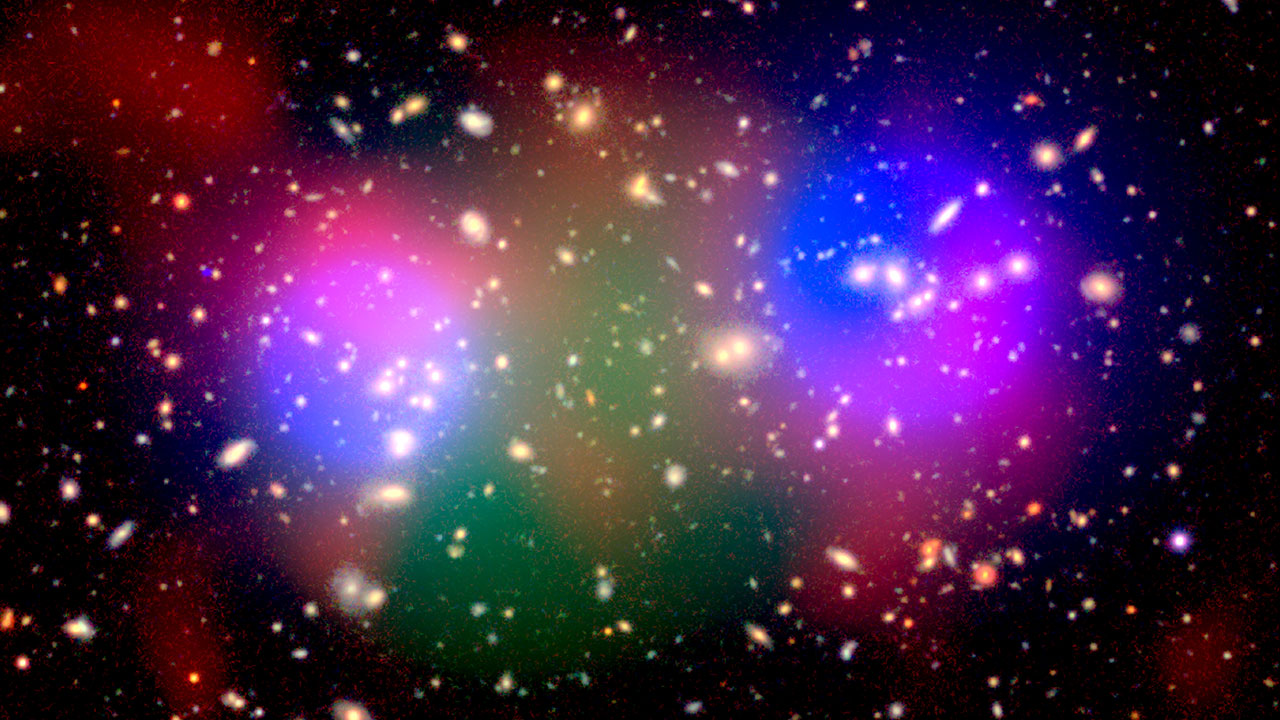
There may be a 'dark mirror' universe within ours where atoms failed to form, new study suggests
By Paul Sutter published
The invisible substance called dark matter remains one of the biggest mysteries in cosmology. Perhaps, a new study suggests, this strange substance arises from a 'dark mirror universe' that's been linked to ours since the dawn of time.
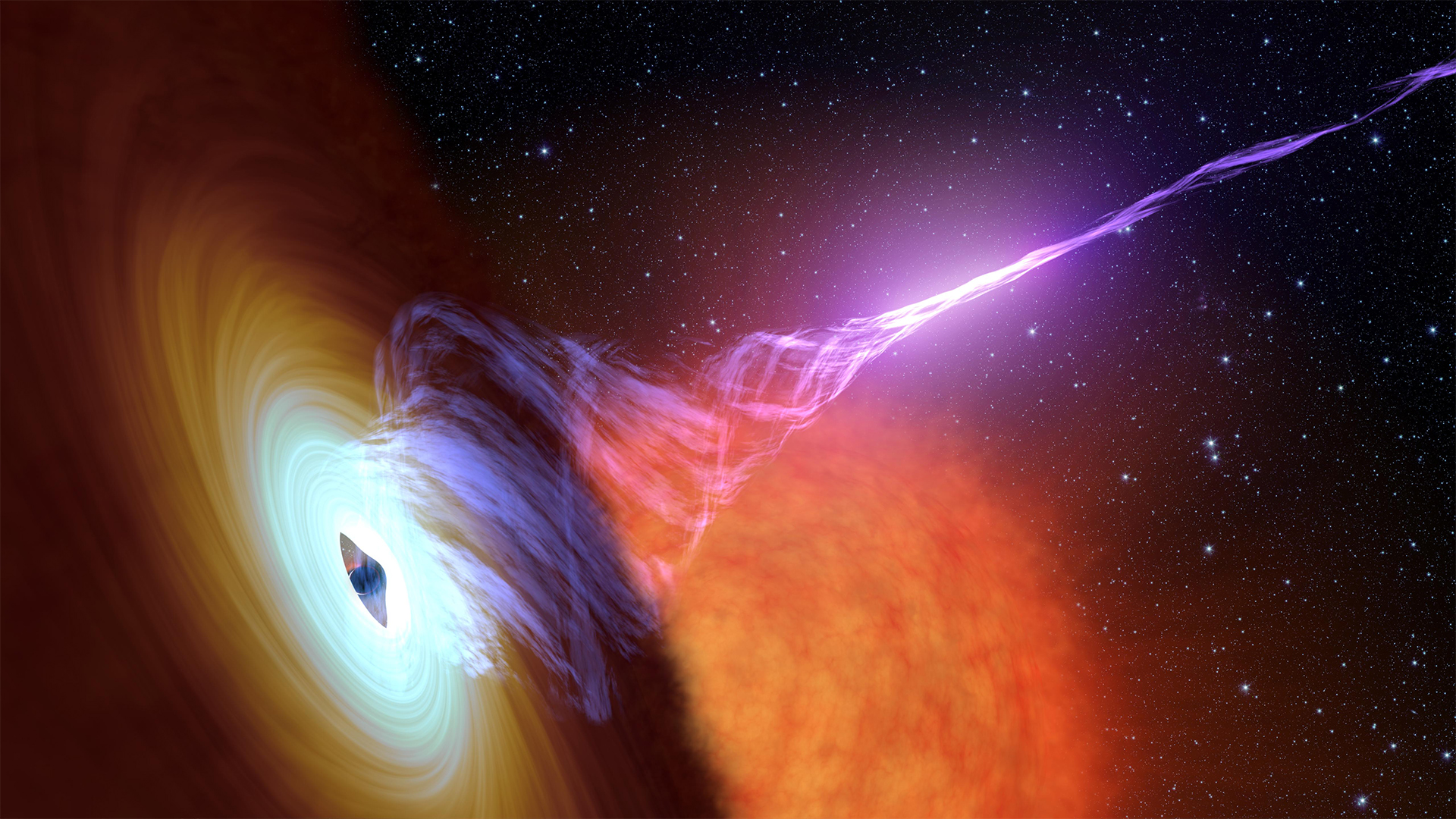
Einstein's predictions mean rare 'gravitational lasers' could exist throughout the universe, new paper claims
By Paul Sutter published
A new study combining two of Albert Einstein's famous predictions suggests that ripples in space-time can combine into 'gravitational lasers', firing out of black holes in random directions across the cosmos.
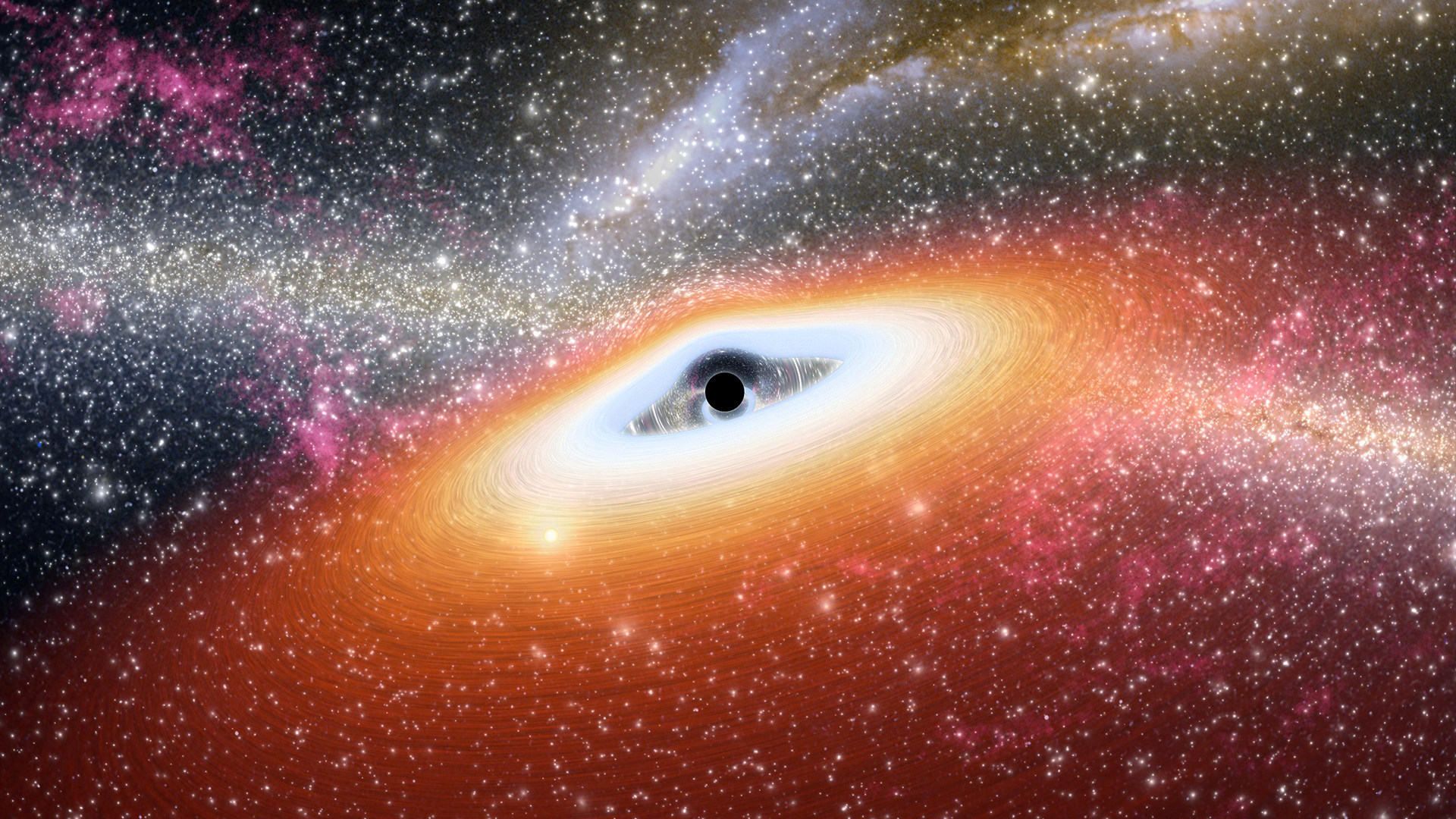
Scientists may finally know where the biggest, oldest black holes in the universe came from
By Paul Sutter published
The presence of supermassive black holes in the earliest epochs of the universe has scientists stumped — but repeated explosions from tiny black holes may offer an explanation.
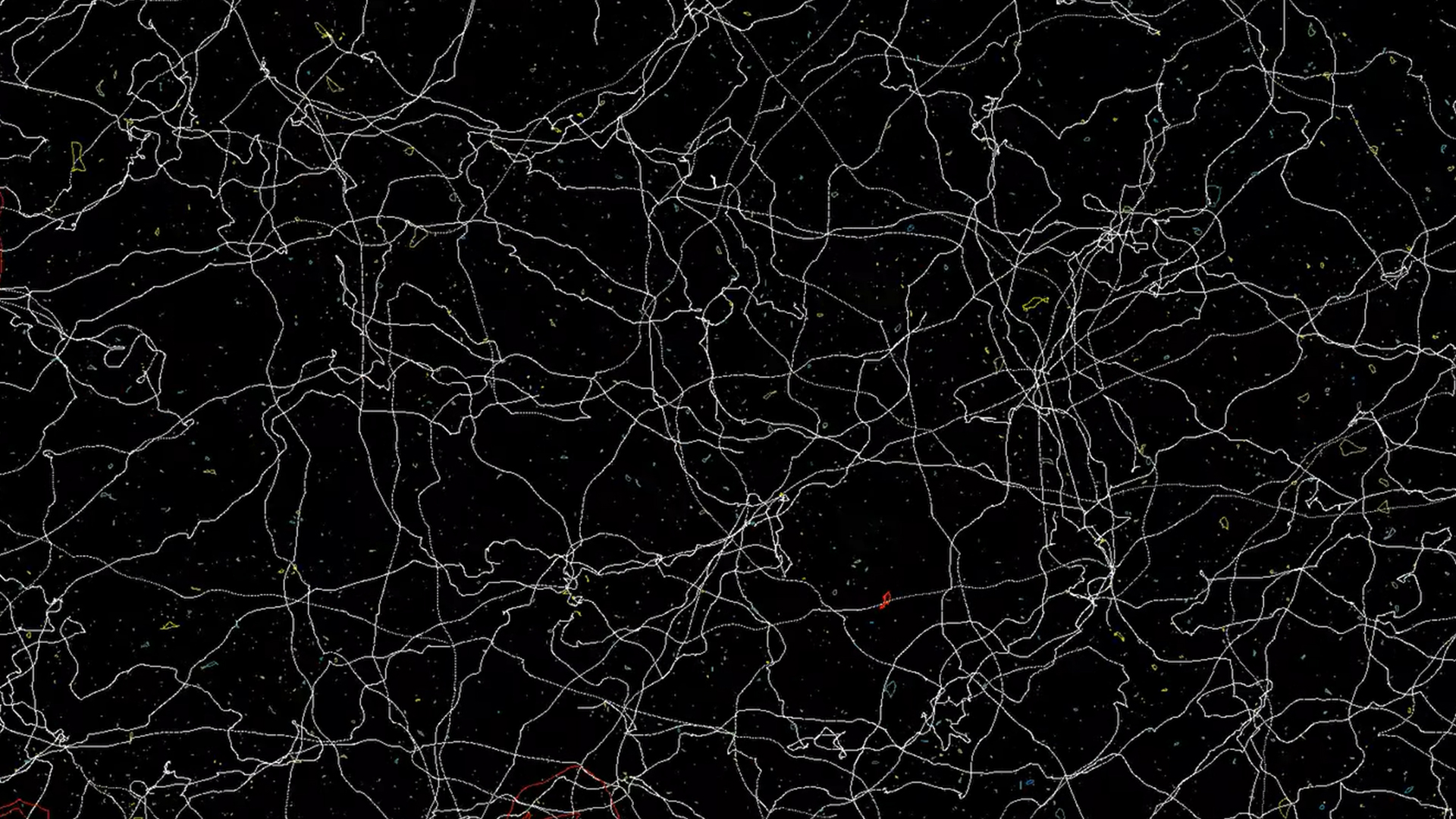
Cosmic strings can break — and when they do, they shake the universe
By Paul Sutter published
Many models of the universe predict the existence of countless invisible strings stretching across space. New research finds a way these strings might snap — and how we could feel the fallout.
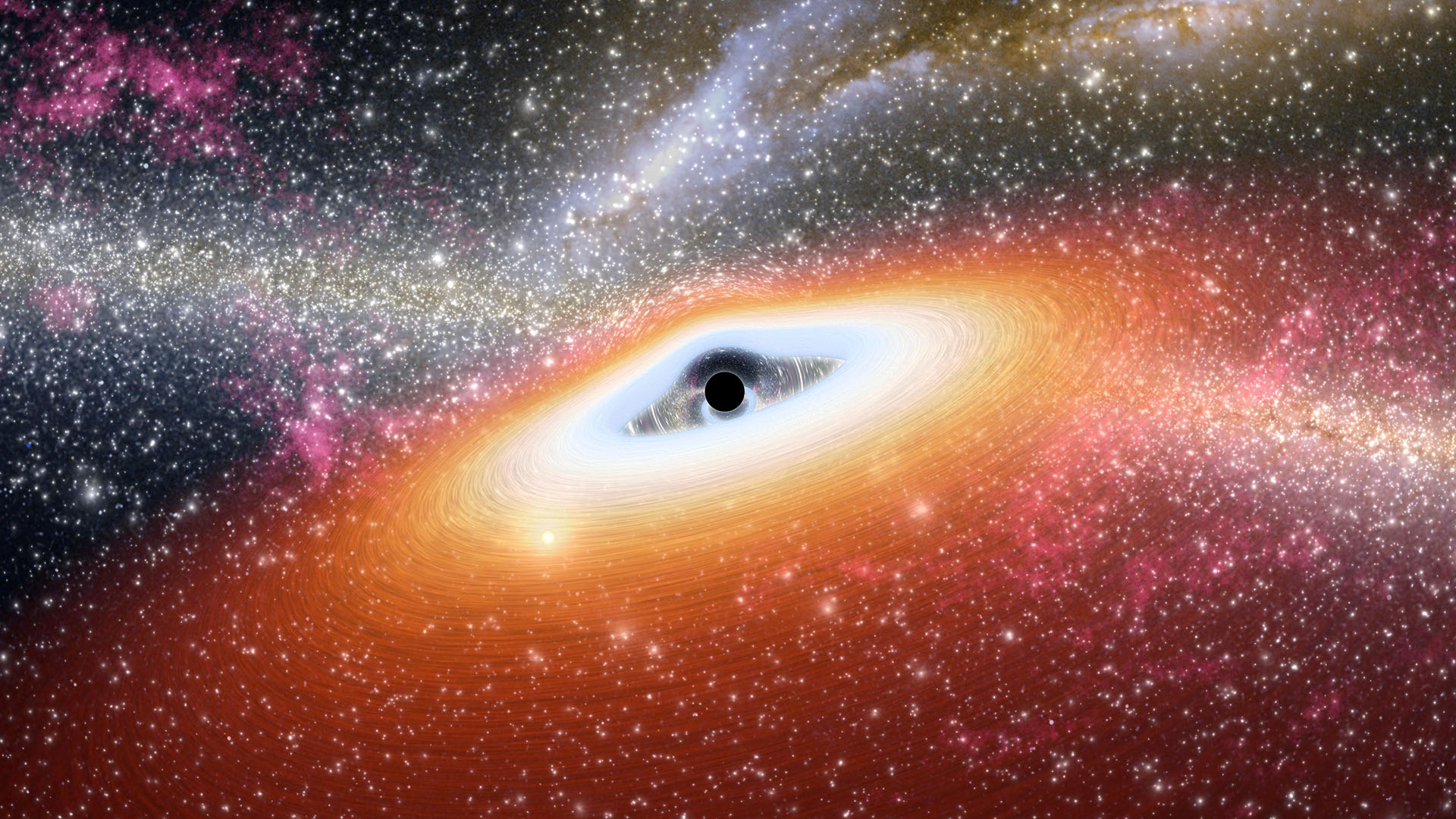
Turbulent 1st moments of a black hole's life captured in new simulations
By Paul Sutter published
Scientists modeled how black holes and neutron stars form after dying stars collapse, and explained why some get a hard 'kick' into interstellar space.
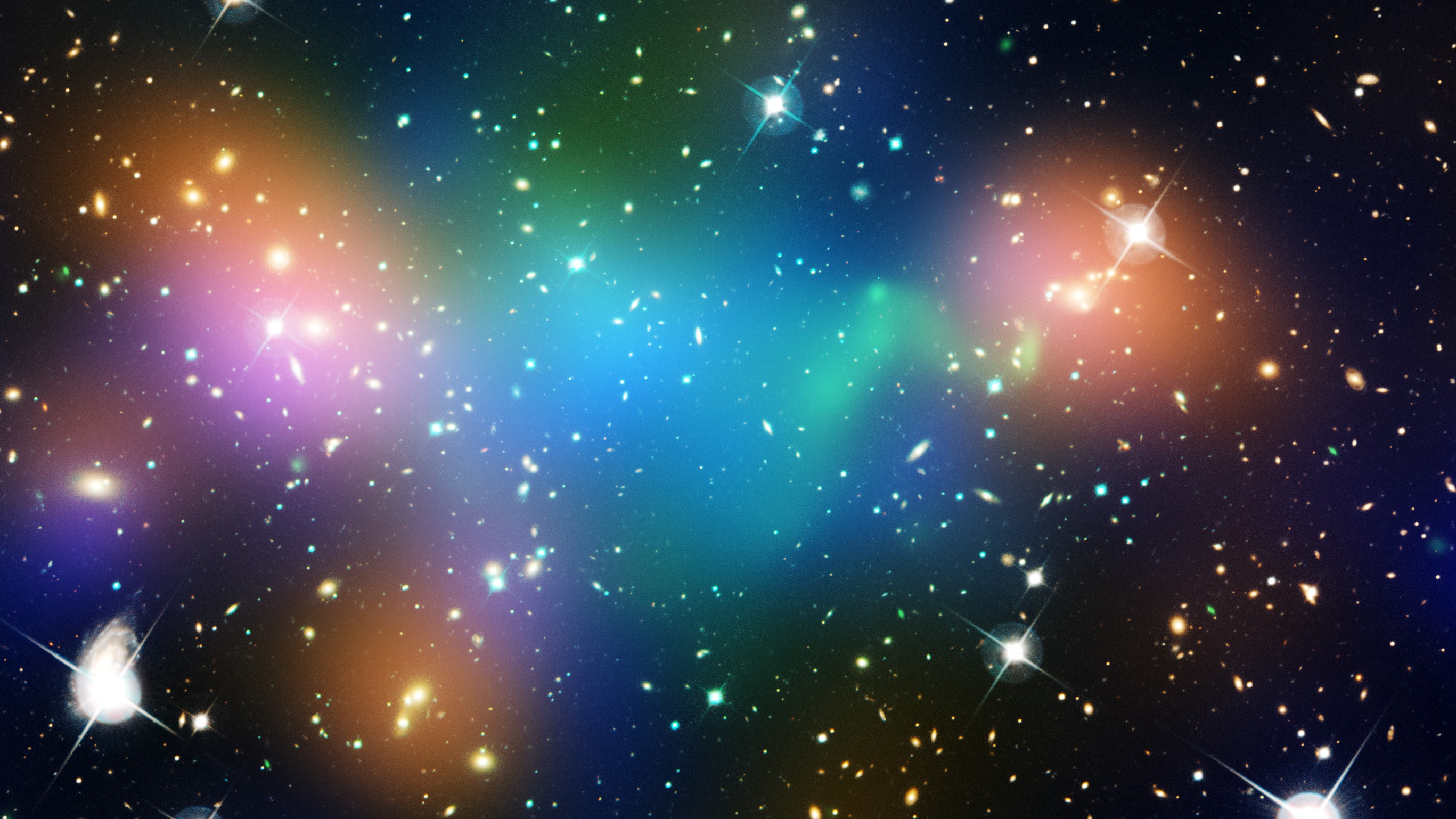
Millions of invisible 'mirror stars' could exist in the Milky Way, and astronomers know how to find them
By Paul Sutter published
An entire universe made of 'dark' particles could exist within our own, and astronomers may know the first place to look: In the mysterious hearts of supposed 'mirror stars'.
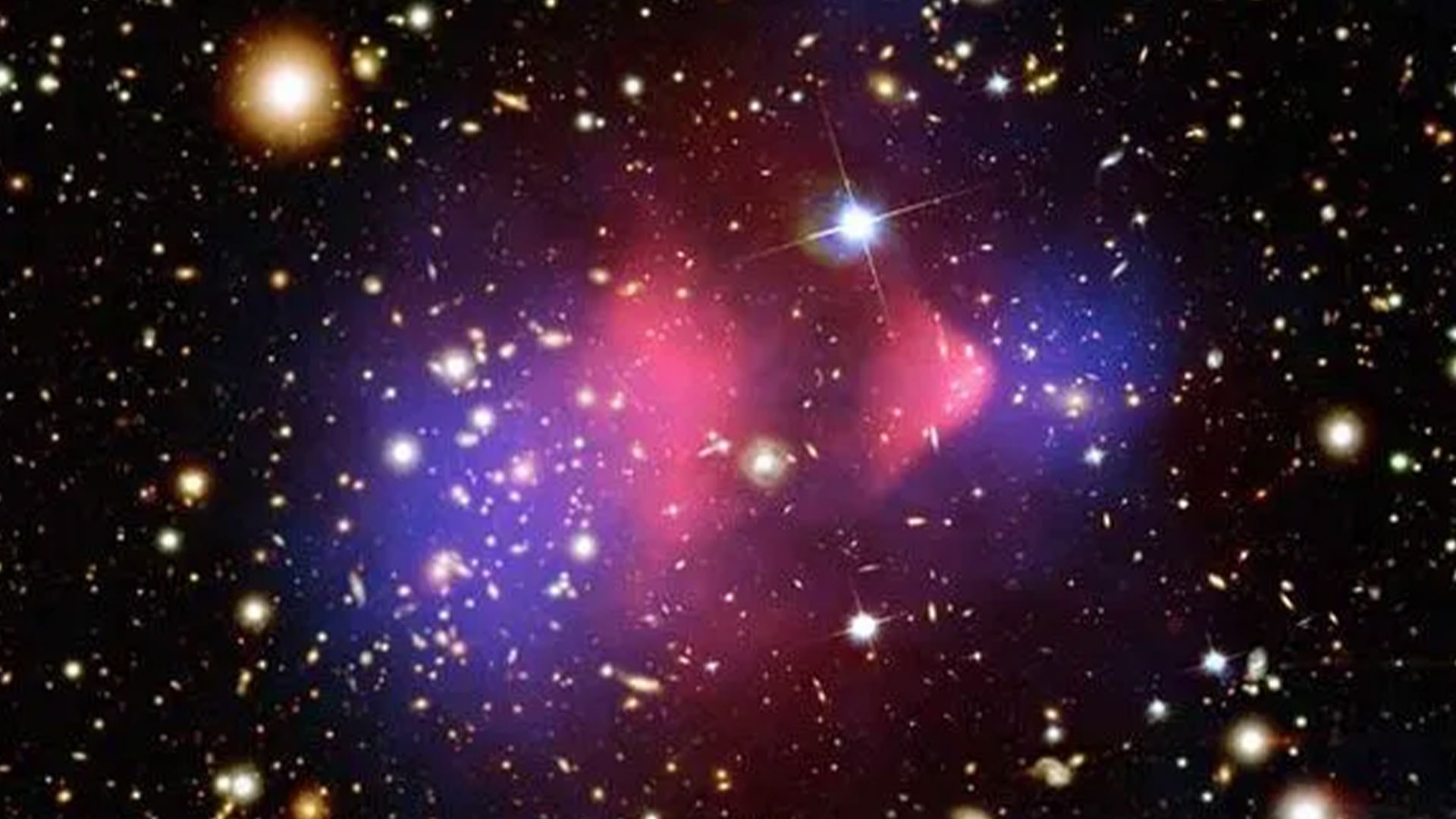
The 1st life in the universe could have formed seconds after the Big Bang
By Paul Sutter published
The first life-forms capable of evolution could have appeared just moments after the Big Bang, a physicist explains.
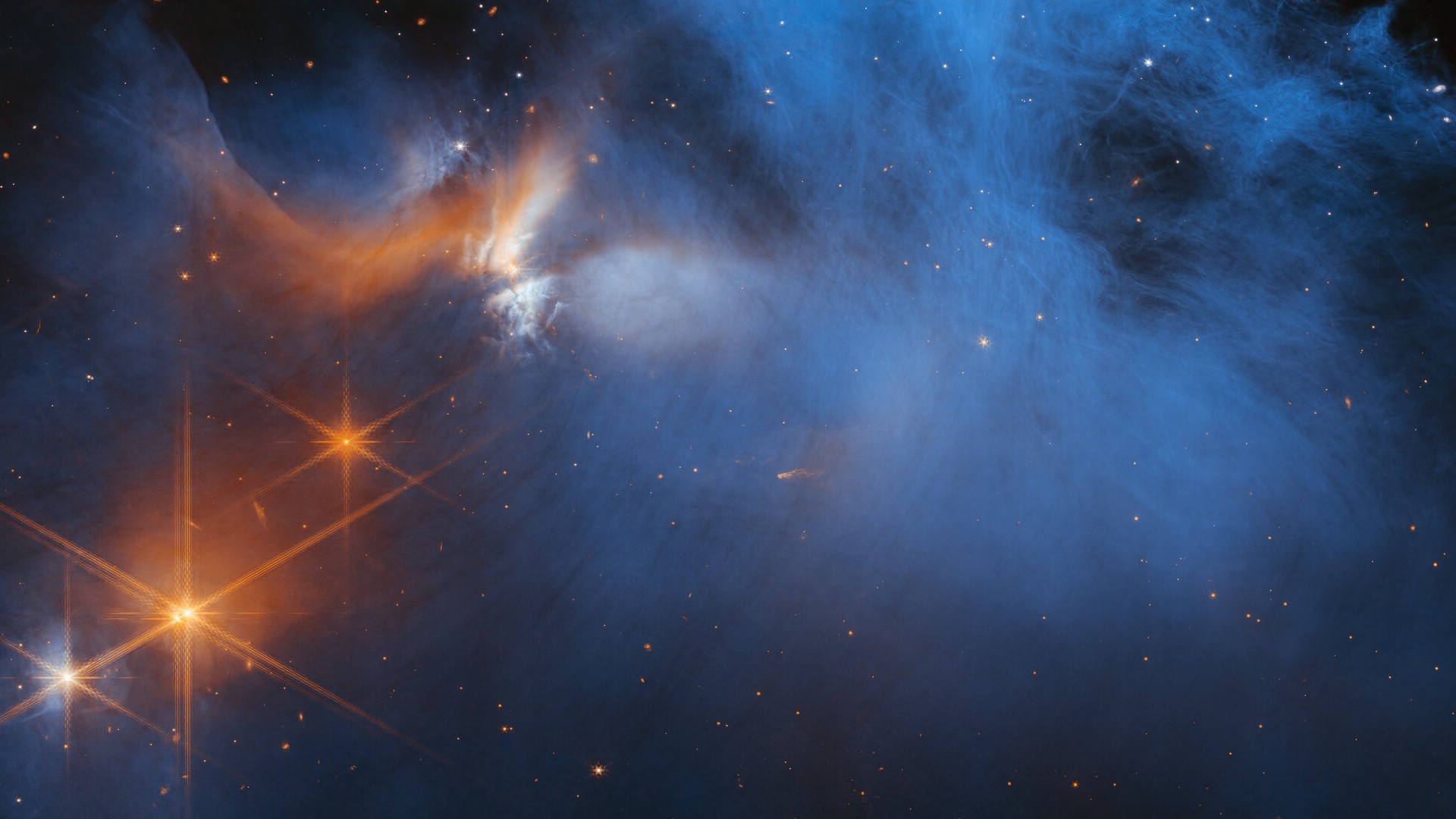
Building blocks of life may have formed on dust in the cold vacuum of space
By Paul Sutter published
Far from any galaxy, icy grains of dust in deep space may be able to form organic molecules, a new preprint study finds.
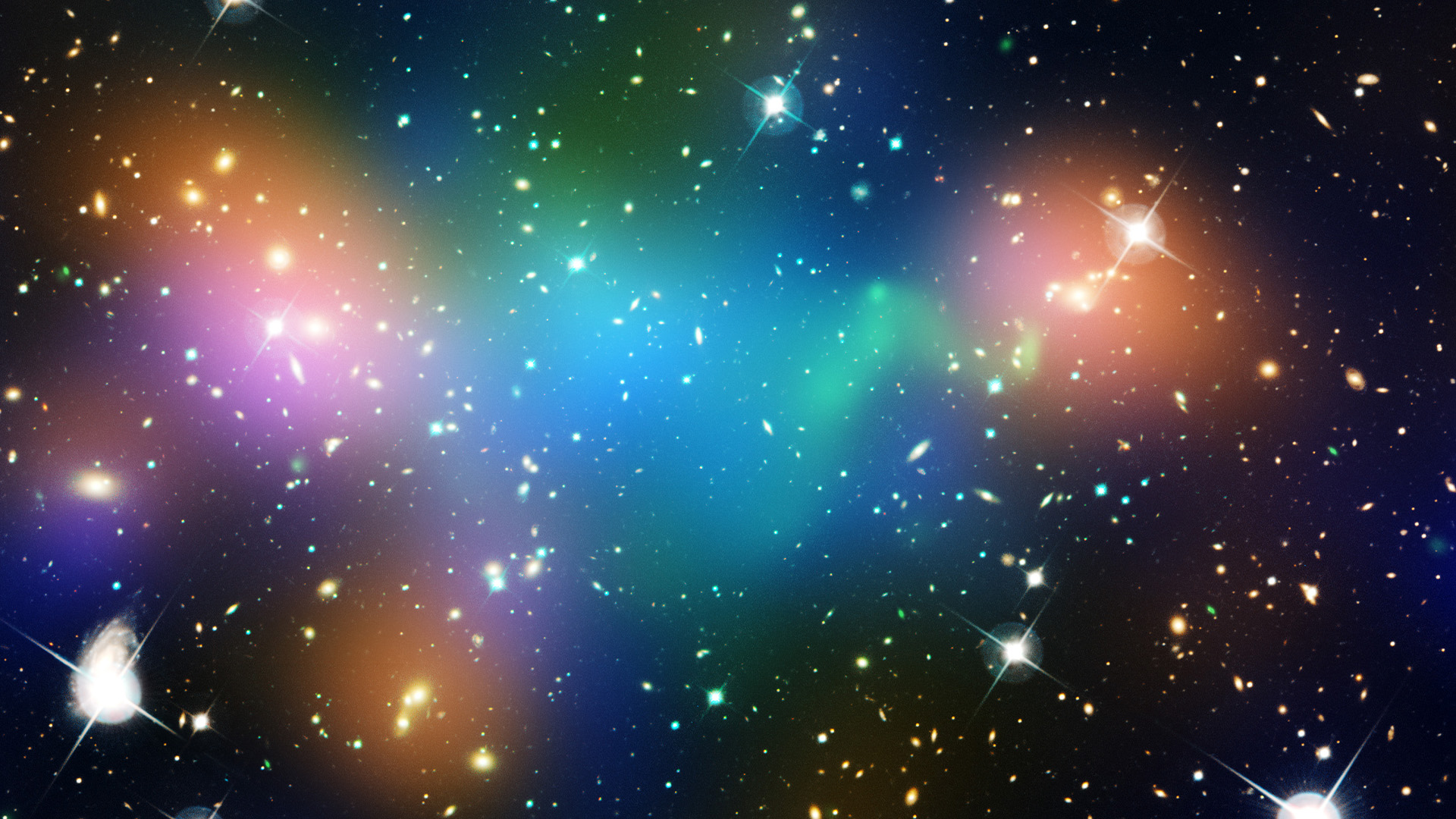
Dark matter may have its own 'invisible' periodic table of elements
By Paul Sutter published
Dark matter may come in multiple particles and weights, similar to the ordinary elements on the periodic table, a new theory suggests.
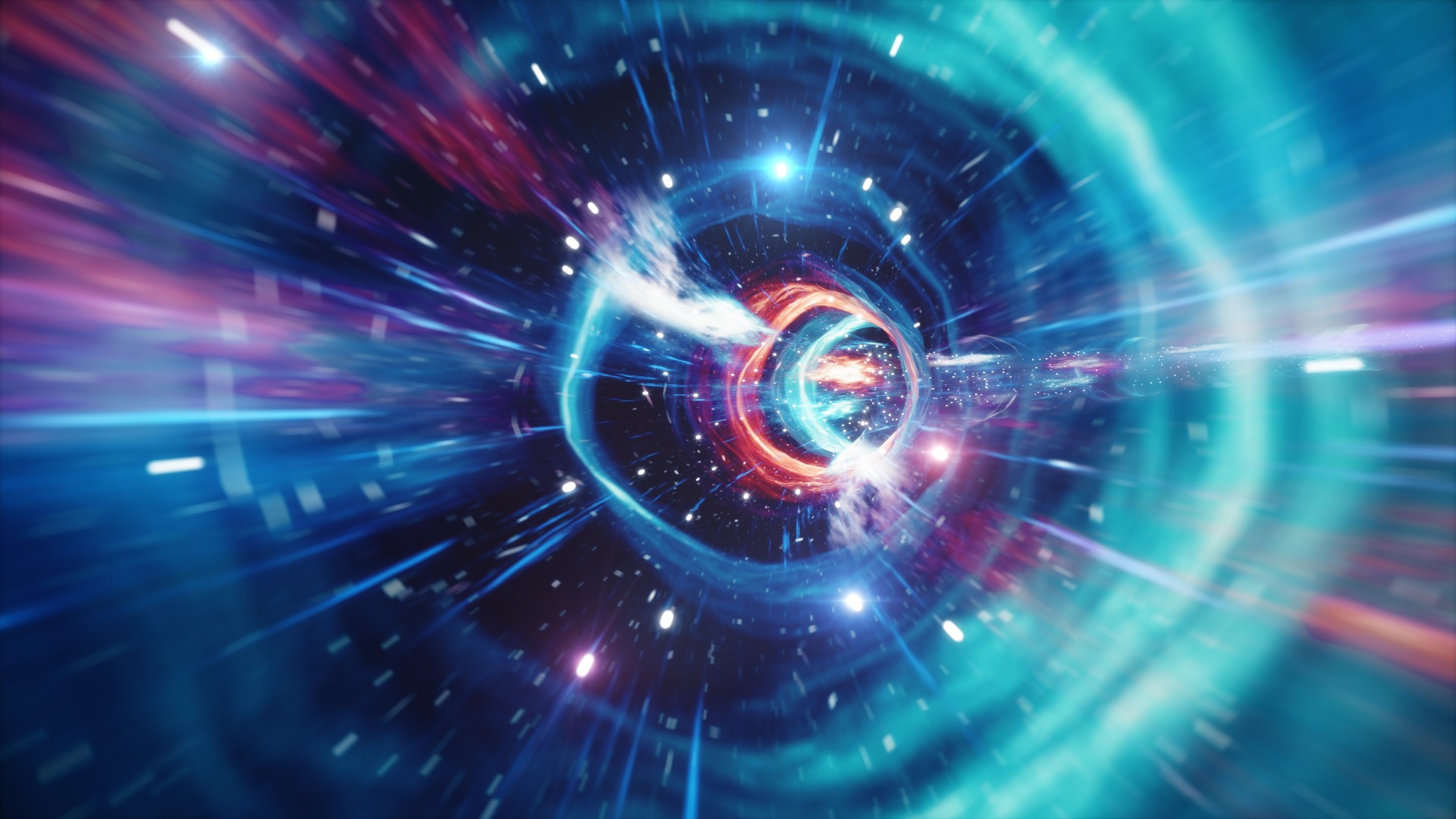
11 sci-fi concepts that are possible (in theory)
By Paul Sutter, Andrew May last updated
Some of the most common and unlikely sci-fi tropes could one day be science fact.
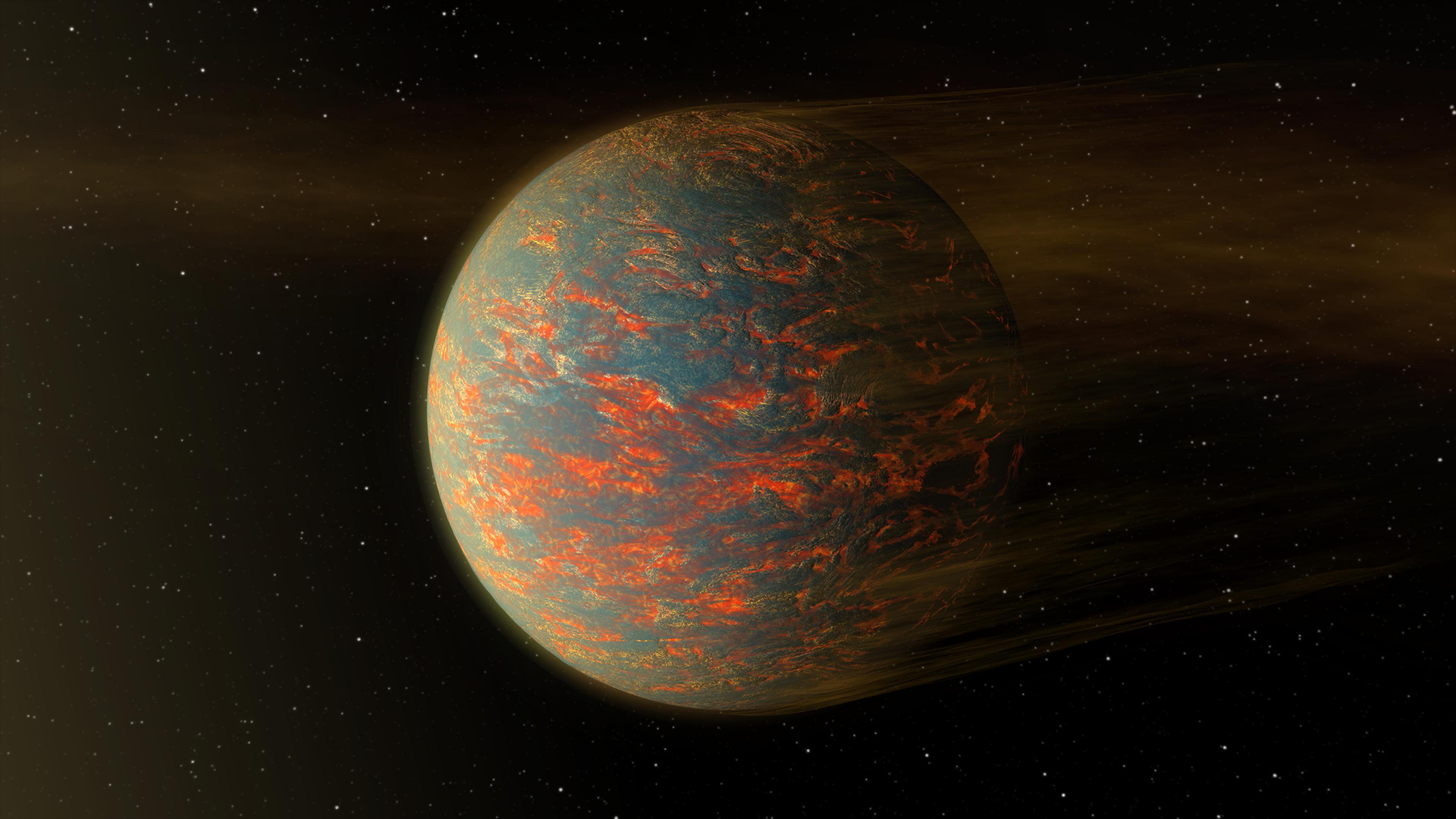
Mysterious signals from 'hell planet' 40 light-years from Earth could finally be solved by James Webb Space Telescope
By Paul Sutter published
The hellish super-Earth '55 Cancri e' may be constantly losing and re-growing its atmosphere, a new study of the planet's strange transit signals suggests.
Sign up for the Live Science daily newsletter now
Get the world’s most fascinating discoveries delivered straight to your inbox.

